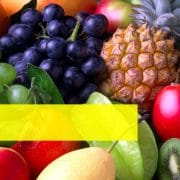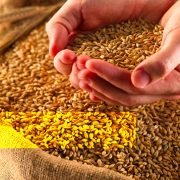Choosing the right olive oil for better health
 The benefits of olive oil
The benefits of olive oil
We know the amazing benefits of Extra Virgin Olive Oil (EVOO), such as a huge array of beneficial polyphenols and fats that are good for your heart and brain. EVOO also has a high smoke point, so you can fry and bake with it unless you’re cooking at very high temperatures (such as deep frying).
Not all oils are created equal
However – you may be surprised to know that know not all are created equal. When it comes to EVOO, you don’t always get what the label says.
There are beautiful EVOOs available in Southern Europe, but most of them don’t make it to Australia, and many export oils have been mixed with normal olive oil or even canola oil.
In addition, many small growers from the Mediterranean, who may have processed and bottled the olive oil themselves in the past, are now sending their olives off-site to a pressing plant. This means olives may be left for several days waiting to be pressed, allowing the fruit to start fermenting, affecting the flavour and producing chemicals.
The oil from fermented olives needs to go through a process using chemicals, heat, pressure and filtering to be fit for human consumption. This removes many of the beneficial phytochemicals found in EVOO, which also reduces the health benefits.
Fortunately, there are now Australian Standards and testing procedures to ensure quality, and over 95% of the olive oil produced here is extra virgin. In addition, many Australian producers have a short processing time from harvesting the olives to turning them into olive oil, which is crucial to producing high-quality oil.
Those EVOOs that pass the test will have a small certification triangle on the label, so an easy way to ensure that you get the best quality EVOO is to choose an Australian band with the symbol.
What is the best solution?
The best choice is a cold pressed, Australian brand in a dark bottle that has the certification triangle on the label. They do cost more, but in the case of EVOO, you are more likely to get what you pay for. This will give you peace of mind that you are consuming a quality product with amazing health benefits for you and your family.
You may also be interested in reading our article on Good Fats.



 The Benefits of Micronutrients
The Benefits of Micronutrients
 The marketing of antioxidant supplements
The marketing of antioxidant supplements
 In my last post, I wrote about the fact that the marketing and hype around taking
In my last post, I wrote about the fact that the marketing and hype around taking 




